Flying-V
Wiki:
The Flying-V
In the Flying-V – originally an idea of TU Berlin student Justus Benad during his thesis project at Airbus Hamburg – the passenger cabin, cargo hold and fuel tanks are integrated in its wing structure. The design is not as long as an Airbus A350, but it has the same wing span. This allows the Flying-V to use the present infrastructure at airports, such as gates and runways. The Flying-V carries about the same number of passengers - 314 in the standard configuration – and the same amount of cargo, 160 m3. Project leader at TU Delft, Dr. Roelof Vos: “The Flying-V is smaller than the A350 and has less inflow surface area compared to the available amount of volume. The result is less resistance. That means the Flying-V needs less fuel for the same distance.”
The Flying-V is a design for a highly energy-efficient long-distance aeroplane. The aircraft’s design integrates the passenger cabin, the cargo hold and the fuel tanks in the wings, creating a spectacular v-shape. Its improved aerodynamic shape and reduced weight will mean it uses 20% less fuel than the Airbus A350, today’s most advanced aircraft.
Controls:
AG1= Landing light
AG2= Nav light



Specifications
General Characteristics
- Successors 1 airplane(s) +14 bonus
- Created On Windows
- Wingspan 106.0ft (32.3m)
- Length 88.8ft (27.1m)
- Height 25.2ft (7.7m)
- Empty Weight N/A
- Loaded Weight 55,090lbs (24,988kg)
Performance
- Power/Weight Ratio 3.671
- Wing Loading 55.8lbs/ft2 (272.3kg/m2)
- Wing Area 988.0ft2 (91.8m2)
- Drag Points 37778
Parts
- Number of Parts 241
- Control Surfaces 8
- Performance Cost 1,082

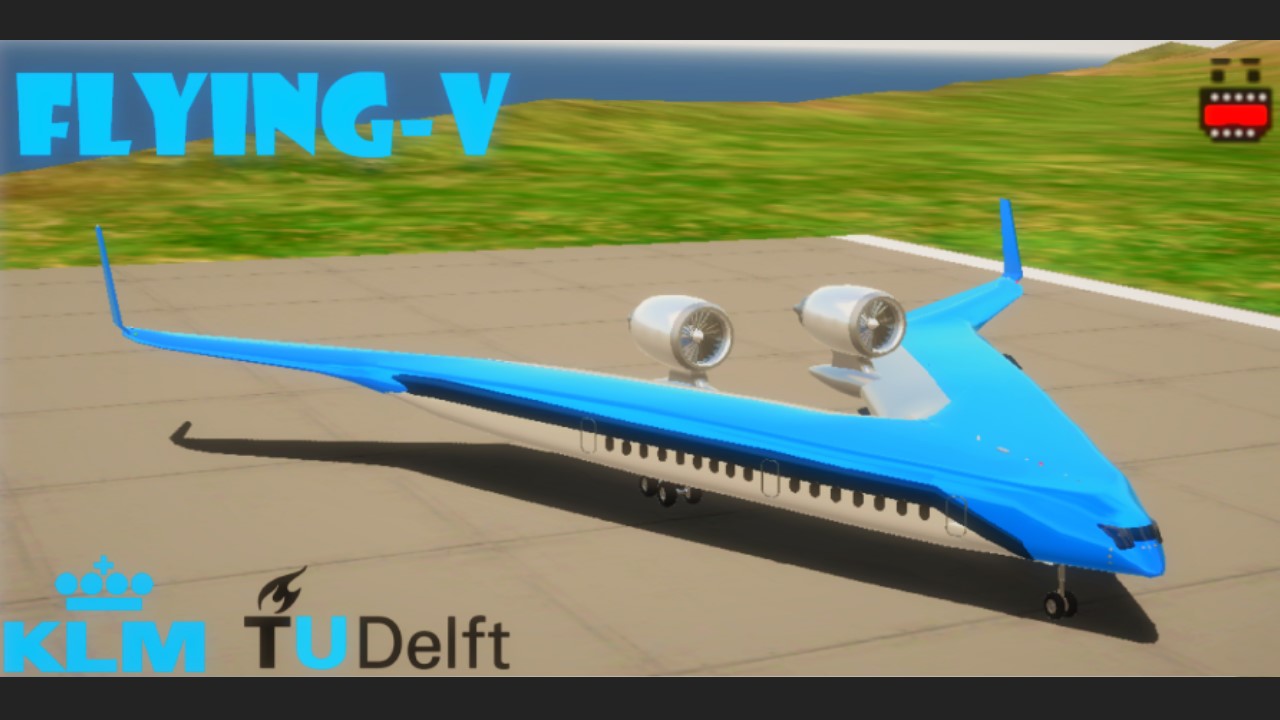
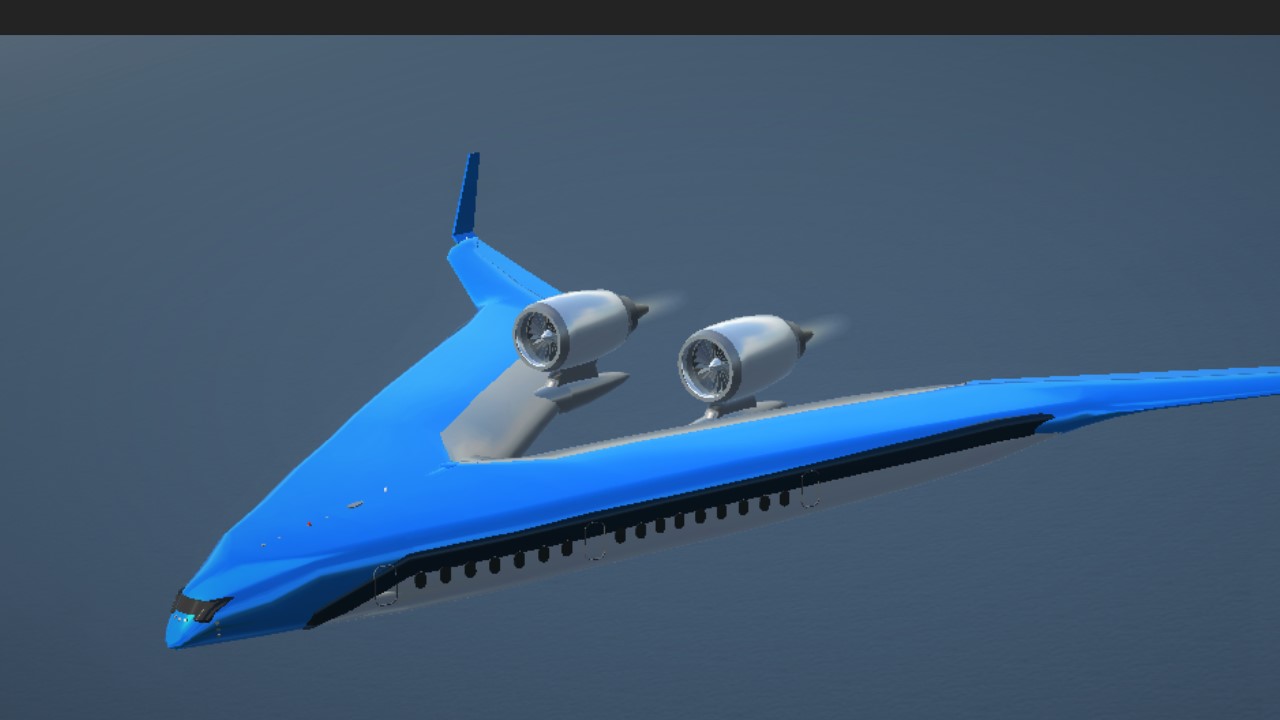
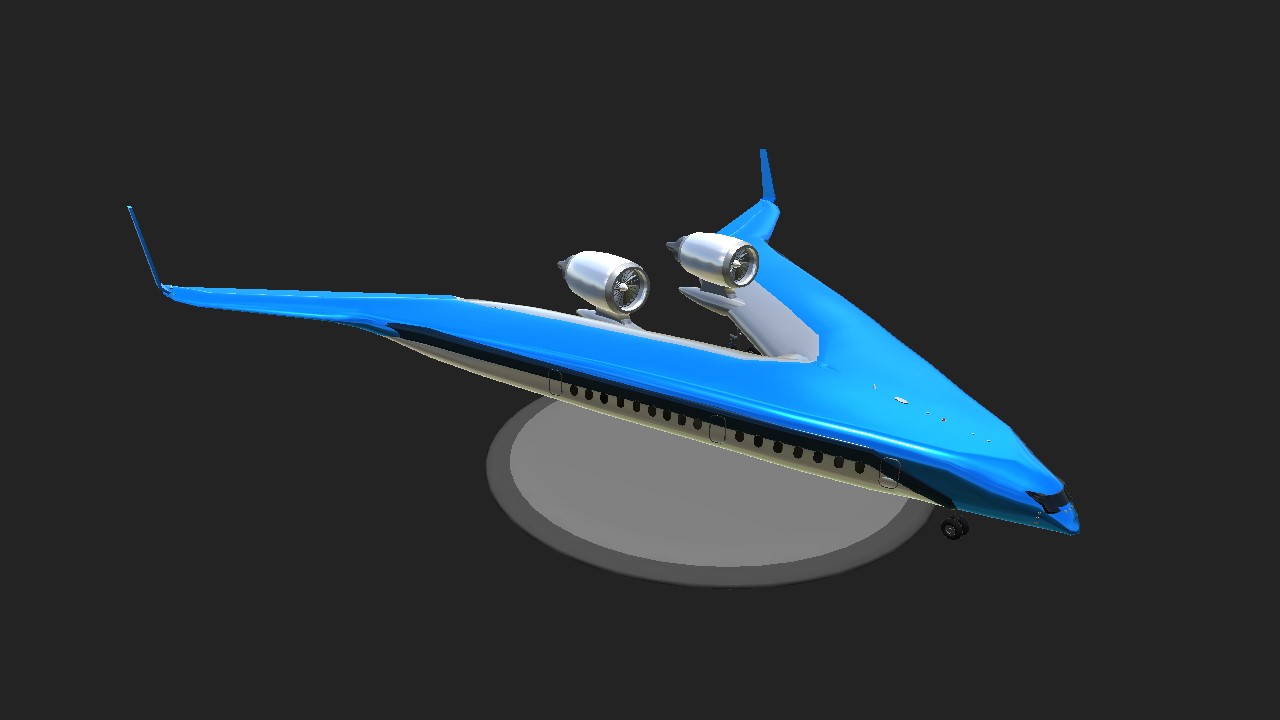

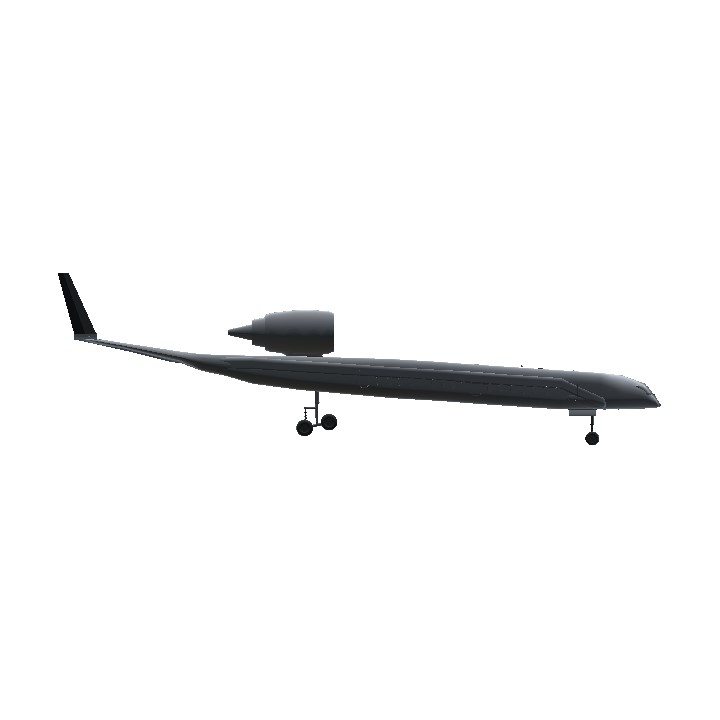
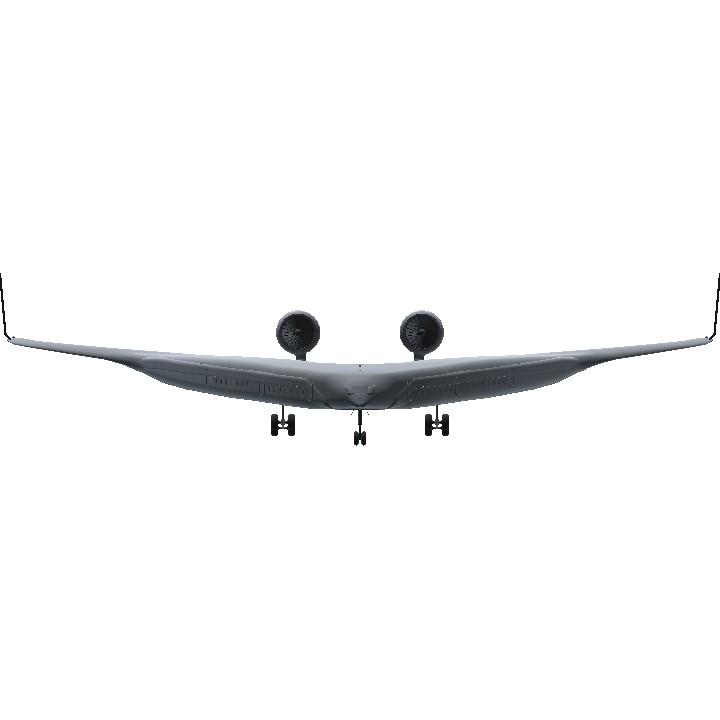
This is very good thanks
The cockpit doesn't look like this
ITSSS BEAUTIFUL